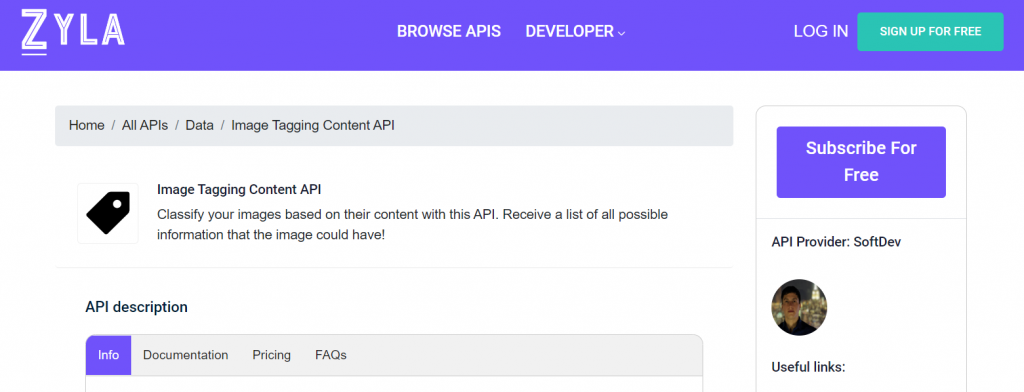Do you have an important amount of unstructured pictures in your company’s computer system? It’s time to organize it and save you considerable effort and probably hours of time. Of course, you could do it manually by drag-and-dropping each photo into several folders.
But why choose the hard path when you have developed technology that can do it for you? In this article, we share the secrets of image classification API, the best tool available for tagging automatically with a high level of precision. Continue reading to become an image classification expert!
APIs: The Future Of Image Classification
Let’s start with the basic concepts of an API. You probably heard these acronyms for the first time. They are the future of any field that involves the Internet due to their ability to simplify and speed up complex activities. Basically, it is technology put at the service of the citizens, because it’s free!
Application Programming Interface stands for a specific type of software that works online. Using it you can ‘ask’ the API for something you want or know or obtain and it will search through a lot of databases until it finds the information. Then, it will return you the data in the form of a ‘response’. All these steps happened in programming languages and pieces of code. But you don’t have to be an IT to understand how it works. You only need logic, some time, and the will to learn it.
What is Image Classification?
Also called Image Tagging, it is an artificial intelligence that recognizes different elements in a group or a single picture and labels them with word tags. They function like keywords on a text, based on the figures in the image. As a result, computer programs can identify objects in the same way that people do but faster. These tools are very useful to improve searching and keep your image database organized and efficient.
How Does This Type Of API Work?
You just have to introduce the relevant aspects or tags into the API. By giving it this information, you are providing the API with the main rules to accomplish the task. In the Image Tagging Content API, for example, deep learning models examine the pixels of images, extract their attributes, and recognize things of interest. Automated picture tagging is cost and time effective, especially when working with businesses that require a large volume of image content from many sources.
Does An Image API suit my business?
Image tagging is extremely beneficial to any company that wants to categorize photographs and make them easily available to users. Also, if it wants to enhance the workflow of its employees, it could be an interesting option to consider. If you have a website with a collection of previous works, like a huge portfolio, when a person browses it may locate what they are looking for thanks to the tags that make it highly searchable. Now that you know all you have to know about Image Tagging APIs, what would you do with your pictures?



